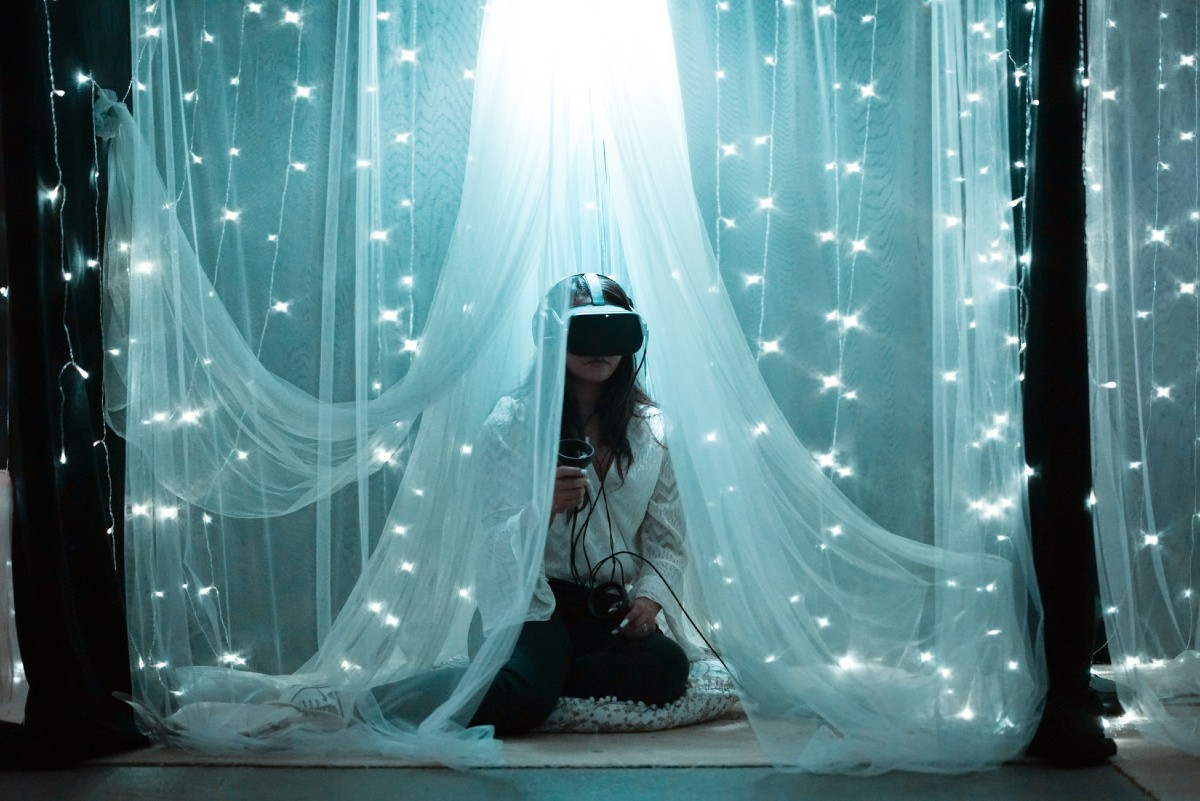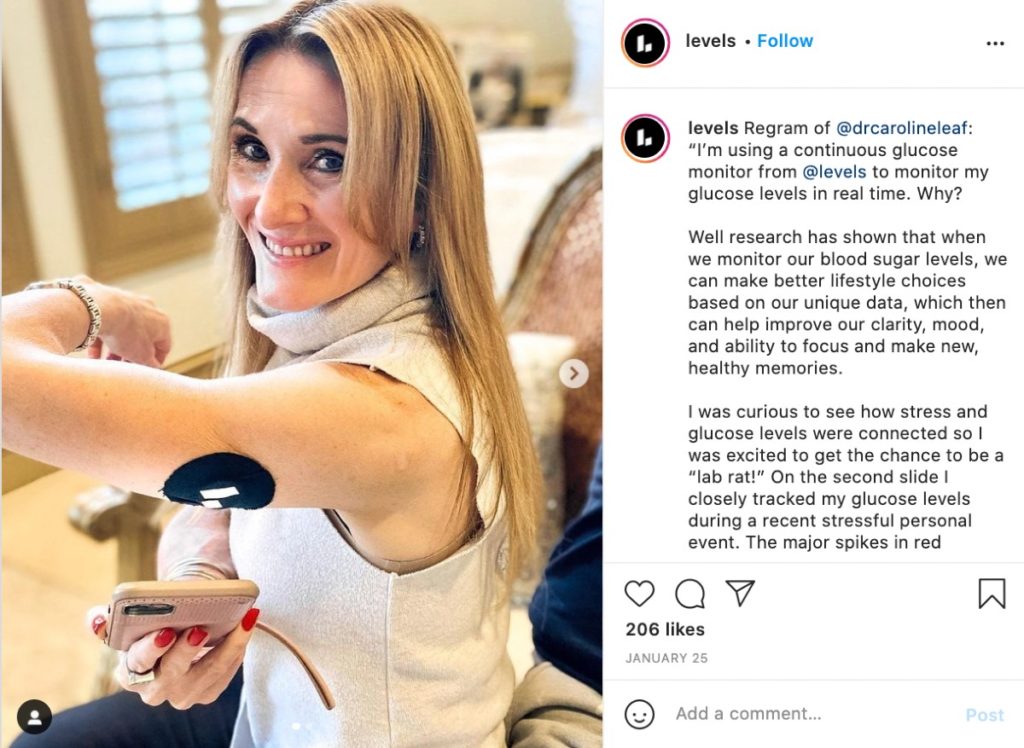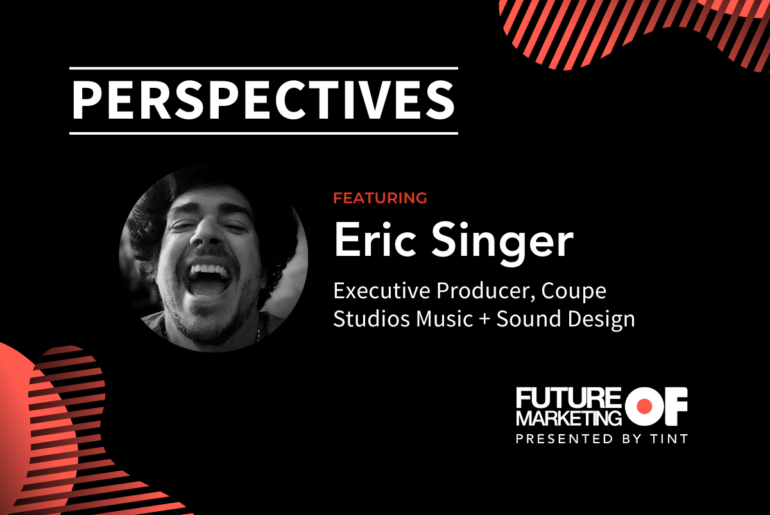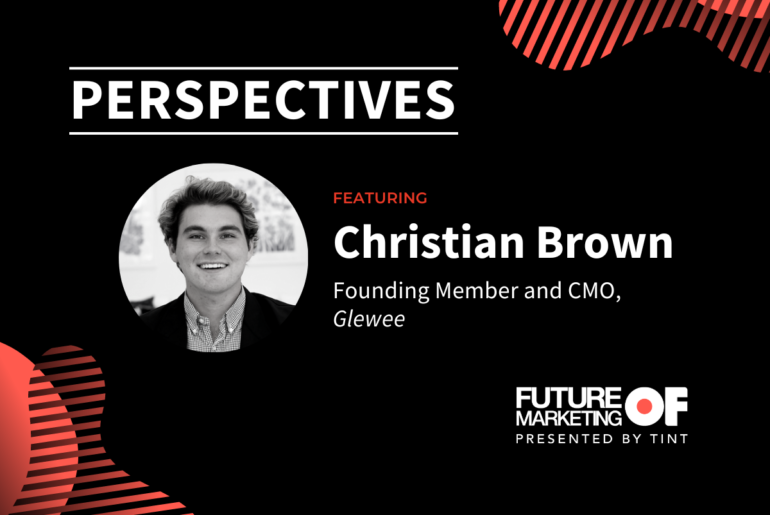Times are changing.
After a year like 2020, it’s impossible to imagine marketing going back to the way it was prior. 2020 called on brands to use their voices for the better and to be part of their communities—not just act the part. We saw brands need to open up their transparency about navigating COVID-19 changes and being called on to advocate during civil injustice.
The change we’re talking about is the difference between brands that gain loyal followers or get left behind on the sidelines. In a post-COVID-19 world, consumers expect more from brands.
One of those expectations is to show them that the brand understands who they are, what they’re going through, and empathize with them. That’s where user-generated content is filling the gap.
The gap was created by content marketing strategies that pushed company-created content. This worked for years and engagement was high across all platforms with pretty website graphics and aesthetic Instagram feeds. Until now.
Consumers don’t want to see generic content—they want to see themselves.
In our 2021 State of User-Generated Content Report, we found 5 themes shaping the future of user-generated content.
The Battle for Engagement is Pushing Brands to Need High-Converting Content
Engagement isn’t even close to what it used to be a few years ago. Brands are fighting for 1-2% engagement rates on social and battling SEO algorithms to rank in the last few organic spots left on search (as advertising listings per search increase).
Yet, this external struggle is not the 2021 problem. The problem marketers are facing this year is an internal struggle. Seventy-two percent of marketers reported having more job responsibilities in 2020 than in 2019 because of the pandemic. Their main roadblocks are not having the time, budget, or team to create engaging content.
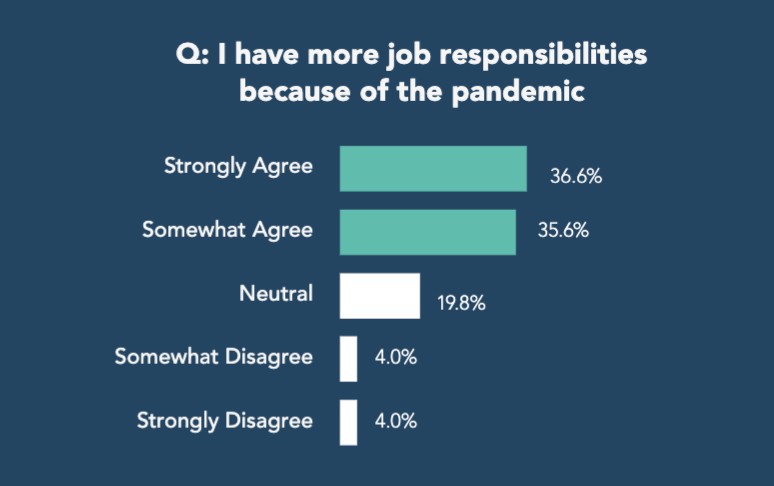
User-generated content now plays a bigger role than just being high-converting and getting more engagement than branded content. UGC’s role is to do all of that while helping brands create consistent content. It’s the answer brands are looking for as they try to figure out how to create the right content with limited resources. The right content is the content that showcases happy customers, fans, and audience members—and UGC allows brands to do that without needing a content production budget.
Consumers Demand Brands to be Omnichannel
Brands hear consumers loud and clear—they need to be on the channels their ideal customer spends their time on. Not the other way around.
If omnichannel were so easy, every brand would already have a presence across TikTok, Twitter, Instagram, Facebook, Clubhouse, and more. The dilemma is the challenge that comes with an omnichannel presence. Brands can’t repurpose Instagram content across their other socials and call it a day. Consumers demand brands to be omnichannel and create content native to that platform. If the content is just copy and pasted from another platform and it doesn’t suit the channel, they won’t engage.
Brands like Chipotle have taken their omnichannel presence seriously and created multi-million person followings across their social channels. Their strategy? User-generated content. Chipotle consistently repurposes their customer and fan content to their feed, showcasing how much audiences want to be recognized by their favorite brands, and will put time and energy into creating the content to get noticed.
Influencers are No Longer just Travel Bloggers
You know those customers and fans who put the time and energy into creating your brand’s content? In 2021, we see them as more than just customers and fans—they’re influencers. Influencers are no longer only the travel bloggers who have garnered a few million followers. These new influencers are customers with tiny followings, influencers with less than 100,000 followers, and your employees.
The need to have the biggest celebrity in the world talk about your product has trickled down to the smaller players. With higher engagement rates and a deeper connection to their audience, these new influencers are pulling more weight than their counterparts. In our 2021 State of User-Generated Content Report, we found that brands are calling in these new influencers to promote their products—and they’re getting returns.
By asking customers, influencers, and employees to create content on behalf of a brand, marketers create highly engaging and high converting content. They’re spending less time creating content and allocating more of their budget towards distribution. Better yet, they’re building real relationships between their customers and their brand by letting these influencers act as their sales representatives.
Social Media is Taking Over the Marketing Funnel
The marketing funnel as we know it involves different platforms. The two main platforms are a content distribution platform (like social media) and a conversion platform (like a website). Social media thinks it’s time to make a change…
We’re seeing social media try its hand at being the whole funnel. Instagram replaced the notifications button with a Shopping tab, Reels are now shoppable, and TikTok is experimenting with live stream shopping – influencing user behavior (and new buying habits). This is just the beginning of a shoppable social experience.
As social takes over the funnel and the need to have an individual website becomes obsolete for some products, user-generated content will become even more important in a brand’s marketing strategy. With its high engagement and conversion rates, compared to company-created content, it’s a no-brainer to realize that UGC has to be the front-facing content on social that makes the sale.
Virtual and Hybrid Events aren’t Going Anywhere
Adoption is one of the hardest parts of innovation. Getting people to take part in unfamiliar technology has caused friction among innovative companies for years. Technology perfectly positioned was able to avoid paying for adoption—and got their once in a lifetime moment last year. In 2020, we saw a massive rise in the adoption of virtual platforms, like Zoom.
Nobody ever expected to be Zooming their grandmother, but here we were—webcam and all. This rise in adoption created new familiarity with online events. When in-person events were canceled, event hosts pivoted to virtual events. By the end of 2020, we experienced at least one virtual event that made us warm up to the idea of another. In 2021, we’ll see more virtual events and an increase in hybrid events as well.
User-generated content is a pivotal marketing asset of these events. As attendees enjoy their time at in-person events or choose to buy the virtual ticket—user-generated content is going to soar. Instead of having just in-person attendees, marketers now have more content coming in from virtual attendees that didn’t exist pre-pandemic. Marketers can use the in-person and digital UGC to create UGC screens, promote the event as it’s happening, and advertise upcoming events across their marketing channels.
Events aren’t the only thing COVID-19 changed.
Times are changing and marketers are preparing by growing their library of user-generated content. With higher engagement and conversion rates, UGC is the best alternative to company-created content. It’s what consumers tell us they want and what is leading to more sales, more time spent on websites, and an increase in returning website visitors.
Subscribe to Future of Marketing weekly to learn how you can start using UGC for your social channels and events in the future.
